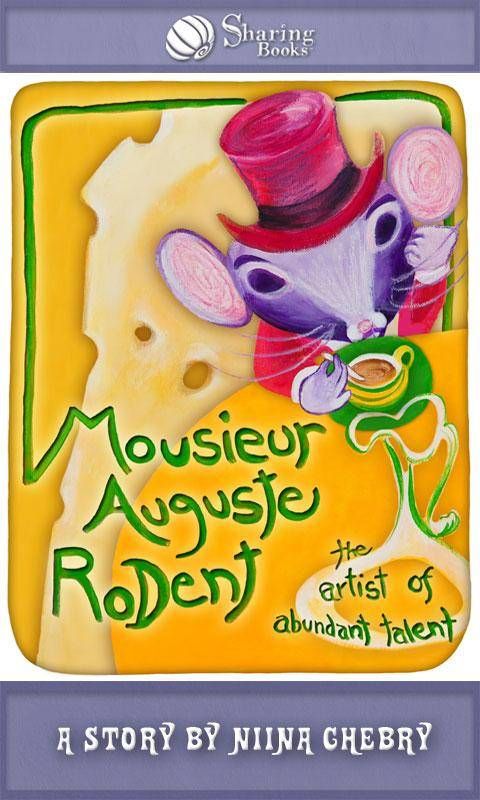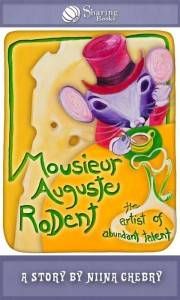
Reading Technologies: Creating an Interactive Book
Reading Technologies is a series about developments in digital reading and related technologies. Over the next several weeks, we’ll have guest posts from a variety of people on the cutting edge of e-reading, interactive media, and digital publishing.
This first installment comes from Pierre LaPointe. Equipped with an undergrad in Operations Research and an MBA in Project Management, Pierre advises technology firms on Corporate Development. His love for reading led him to co-found Sharing Books™, an online publisher of over 300 childrens books. Pierre recently led the development of their first interactive book. This is the story of that book.
____________________________
Here we are: a painter, author and art educator Niina Chebry; a TV/Film producer Christine Baudry; two recent Vancouver Film School graduates Drea Morin and Kelsey Armour, who had designed interactive books prototypes; and a business guy, me. We are meeting in an old house in Vancouver and trying to decide what an interactive book should be.
We have digitized the paintings and we are discussing how to turn the story into an interactive book that would please parents and children. We all love to read. Christine loves film and video. Drea and Kelsey are of the gaming generation. Although we individually gravitate toward our medium of choice, we agree that we don’t want to build a film, or a videogame, or a simple ebook. What is the right mix? How do we balance this three-legged stool.

We start with whom we are doing this for: children under 11 in three segments: pre-readers, early-readers and readers. We also consider the parents who will buy the book. We imagine them cuddling with their child and reading the book – experiencing the togetherness that comes from sharing a book. We also want a book that becomes a favorite read over an over. How do we make it engaging for a three-year-old as well as for an 11-year-old? We know it engages adults. Every adult who reads this book has a big smile as they turn the pages. But kids?
We start with the non-readers. We include a narration recorded by Niina, who breathes life into her story. In addition, we project on a white board each of the images and imagine touch interactions. Touch Auguste’s nose, and he wrinkles it with a funny sound – simple stuff that amuses as it surprises. As the child’s attention spans grows, they can listen to Niina’s narration.
What to offer early readers? We add word highlighting to the narration. A line of text scrolls at the bottom and the words are highlighted as Niina reads her story. We add accelerometer-driven and multi-steps touch interactions. Discovering hidden Art Masterpieces is rewarded by adding them to an Art Gallery, with a factoid telling a bit more about the art. Early readers will enjoy the word-highlighted narration as it grows their vocabulary and reading ability.
And for the readers? They are the ones to enjoy all the features of the book. For them and for their parents, we add a paper-book-like feature. Turn the tablet on its landscape side, and you have a colourful children’s book with text – and one that you can turn the page with 3D motion by dragging the corner of a page. (Watch the trailer for Auguste Rodent here.) And readers are likely to enjoy reading the factoid about the art pieces – our contribution to art education.
Three months later, we are proud parents to an interactive book. Auguste RoDent is not a video game, it is not a film and more than an ebook: it is a story that comes alive.











